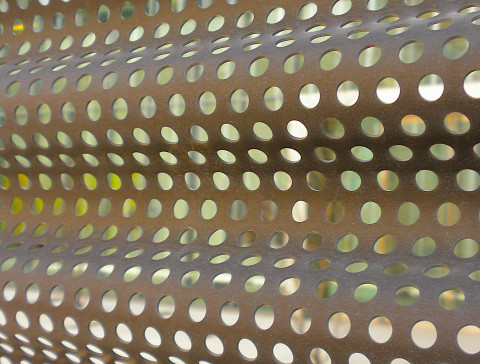Temperature’s Effects (06-17-24)
Keivabu and Widmann studied the effects of air temperature on mental performance. Their research revealed that “hot [out of comfort range] days reduce politicians’ language complexity, but not cold days. . . . Our data consists of all parliamentary speeches in Washington D.C.
